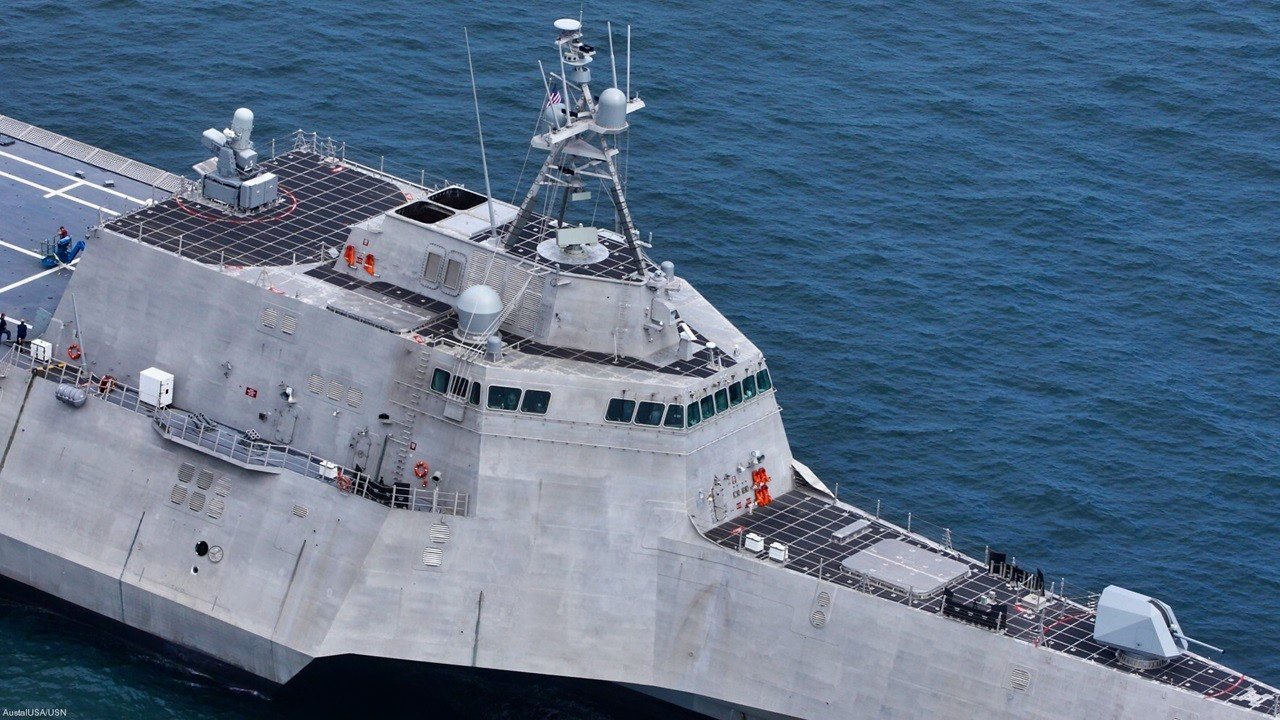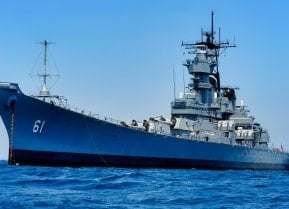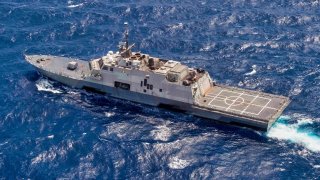Littoral Combat Ship: The U.S. Navy's Biggest Mistake Ever?
Littoral Combat Ships (LCS) were supposed to have enhanced the U.S. Navy's ability to engage smaller targets with a range of mission-oriented weapons packages.
Littoral Combat Ships (LCS) were supposed to have enhanced the U.S. Navy's ability to engage smaller targets with a range of mission-oriented weapons packages.
Indeed, the ships were celebrated as a big upgrade for the U.S. Navy at a time of lean budgets and a changing geopolitical environment.
They were intended to operate in areas where deploying one of the navy’s Arleigh Burke-class destroyers would have been considered overkill.
Two classes were eventually ordered: the Freedom class and the Independence class.
Construction of LCS-1 Freedom began in 2005, and the LCS-2 Independence began in 2006.
The decommissioned USS Freedom joined the fleet in 2008, and the USS Independence in 2010.
Odd-numbered hulls belonged to the Freedom class, while even-numbered hulls belonged to the Independence class.
The ships were intended to fill the void left by the departure of the 1970s and 1980s vintage Oliver Hazard Perry-class frigates which were being taken out of service.
Sadly, the ships have been largely labeled a failure for many reasons.
Littoral Combat Ship: The Navy's Biggest Mistake?
Half of the LCSs suffer from cracks and serious structural defects.
The Navy Times reported years back that cracks in the ships increase in magnitude when they travel faster than 15 knots.
This is particularly true of the Independence-class LCSs.
The Freedom class ships have serious transmission-related issues that have led the navy to wash its hands of the ship, decommissioning several just years after they were first put into service.

“The LCS survivability is challenged in a contested environment against selected kinetic threat types, and the survivability of the LCS variants in a cyber-contested environment is currently unknown,” a report by the Defense Department’s Office of the Director of Operational Test and Evaluation said.
“Both LCS sea frame variants remain operationally unsuitable due to low reliability and availability caused by propulsion failures, detailed in the LCS Independence variant …”
A Ship in Search of a Mission
Not only that, but they have also become ships in search of a mission without anything clearly defined about their roles.

“The LCS was meant to be low cost and mass produced but then the need for high speed added on and drastically changed the engineering requirements without changing the mission. The ship is a mission-design mismatch so never met expectations. That is not to say it doesn’t have utility given the too-small fleet we have today,” Heritage Foundation naval analyst Capt. Brent Sadler told me.
“Navy wanted a ship able to get in close to shore and engage partner nations at smaller and shallow water ports… not under threat from anti-ship missiles nor peer naval power. That mission requirement passed by the time China started flexing its muscles in 2008 onward.”

A 2019 Congressional Research Service report noted that serious questions existed about the ships’ ability to sustain battle damage.
“The LCS program has been modified or restructured several times over the years, in part to address these issues. The Navy’s execution of the program has been a matter of congressional oversight attention for several years, particularly for a period of about 10 years starting around 2007, when significant cost growth in the program came to light,” the report said.

The failure of the concept is a good part of the reason the U.S. Navy decided to develop its Constellation-class frigates based on an existing Italian design developed by Fincantieri.
About the Author: John Rossomando
John Rossomando is a defense and counterterrorism analyst and served as Senior Analyst for Counterterrorism at The Investigative Project on Terrorism for eight years. His work has been featured in numerous publications such as The American Thinker, The National Interest, National Review Online, Daily Wire, Red Alert Politics, CNSNews.com, The Daily Caller, Human Events, Newsmax, The American Spectator, TownHall.com, and Crisis Magazine. He also served as senior managing editor of The Bulletin, a 100,000-circulation daily newspaper in Philadelphia, and received the Pennsylvania Associated Press Managing Editors first-place award for his reporting.
All images are Creative Commons.


